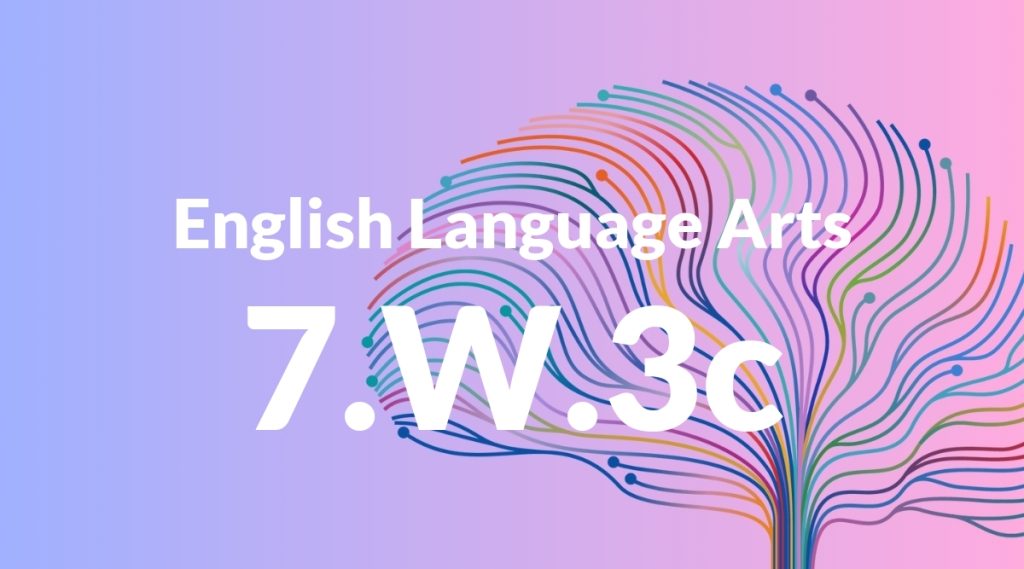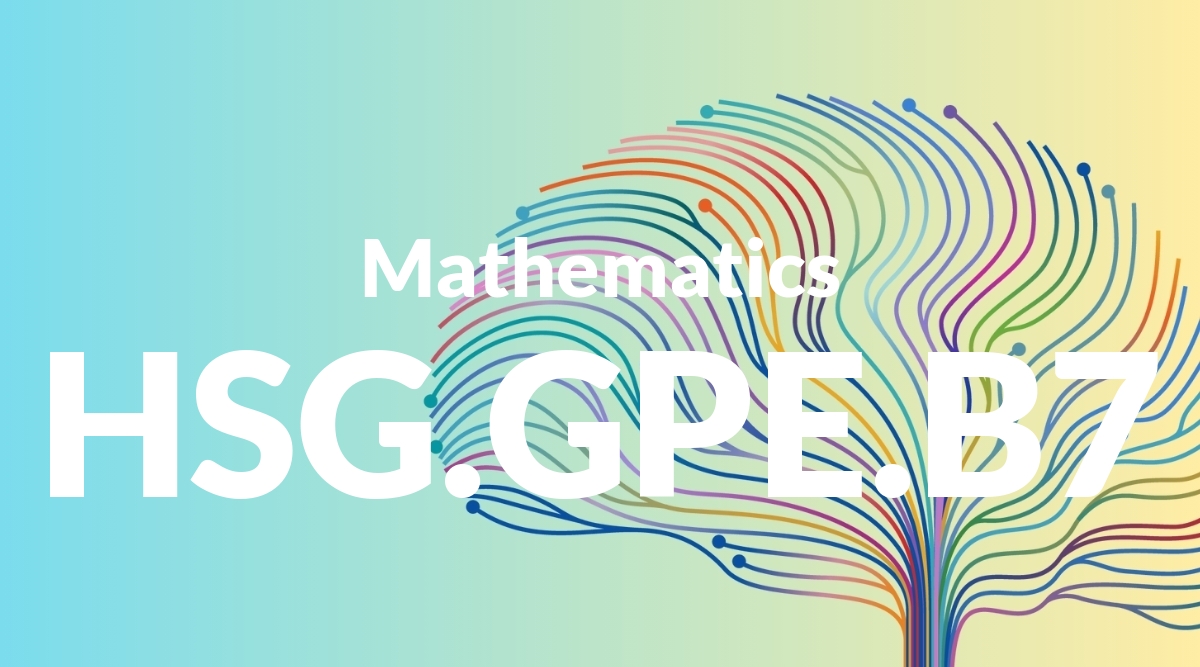Standard: 7.W.3c – Use a variety of transition words, phrases, and clauses to convey sequence and signal shifts from one time frame or setting to another.
Grade level: Grade 7
Subject: English Language Arts
Domain: Writing
Teacher Overview
This standard emphasizes the importance of using transition words, phrases, and clauses to create clear and coherent writing. Mastery of this skill allows students to effectively convey the sequence of events and shifts in time or setting, which is crucial for narrative and expository writing. It builds on their existing knowledge of sentence structure and prepares them for more advanced writing tasks. Students should understand basic sentence structure and have experience with simple narrative and descriptive writing. Familiarity with basic transition words is also necessary.
After mastering this standard, students will be able to write more sophisticated narratives and expository texts. They will also be better equipped to analyze and critique the logical flow of texts.
Common Misconception 1
Some students may believe that simply adding more transition words will improve their writing. This is incorrect because the quality and relevance of the transitions are more important than quantity.
Intervention 1
Provide exercises that focus on selecting the most appropriate transition words for given sentences and contexts. Encourage peer review to help students see different perspectives on effective transitions.
Common Misconception 2
Another common misconception is that transition words should only be used at the beginning of sentences. This limits their use and can make writing feel choppy or disjointed.
Intervention 2
Use mentor texts to show how professional writers use transition words in various parts of sentences. Practice rewriting sentences to include transitions in different positions.
Prerequisite Knowledge
Students should understand basic sentence structure and have experience writing simple narratives or descriptive paragraphs. They should also be familiar with basic transition words like ‘and’, ‘but’, and ‘then’.
Subsequent Knowledge
Students will develop the ability to write more complex narratives and expository texts, incorporating a variety of transitional elements to improve coherence and flow. This skill will also support their ability to analyze and critique texts for logical sequence and clarity.
Instructional Activities
- Writing a short story with a clear sequence of events, using transition words
- Creating a timeline of a historical event with descriptive paragraphs
- Revising a peer’s narrative to improve the use of transition words
- Writing journal entries that describe different days or events
- Analyzing a passage from a novel to identify and discuss the use of transitions




